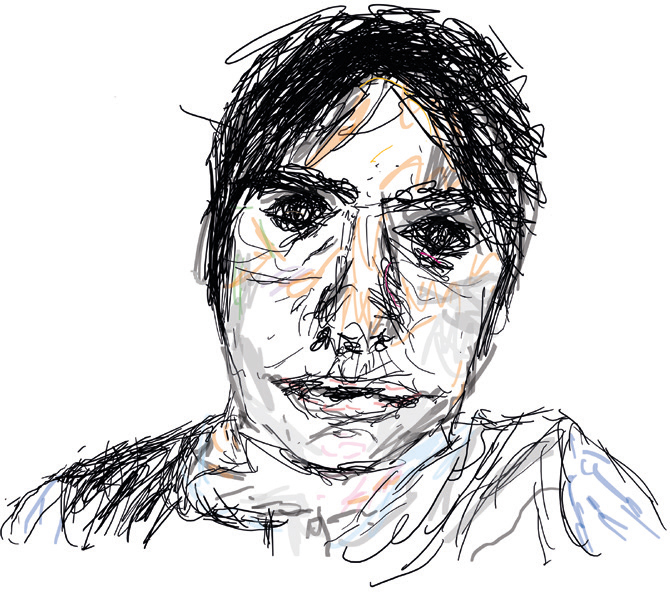
In his earlier years, the great operatic bass Boris Christoff (1914-93) was forced through illness into the confines of his own home for around six months. Lost as what to do, he turned to a hand-crank gramophone provided by his father's friend. He used the opportunity to listen to each of the great singers of the time, names like Toti Dal Monte, Tito Schipa, Feodor Chaliapin, Titta Ruffo – and even the man who would later become his teacher, Riccardo Stracciari. When he spoke in a BBC interview in 1979, there was in his voice a great gratitude for all he had learned. Whether this ordeal was in fact the forging of the master, or an ancillary incident in his life is for the biographers to decide. I think it can’t have hurt. These recordings which are nowadays confined to the ‘historical’ are marvellously educational, each an explosive cocktail of invention, personality and calf-bound tradition.
To teach interpretation through recordings is not so widely practiced. There is the common fear that you will come to copy them, or even that listening just doesn't work like that. Whilst indeed both concerns are real, they are also both avoidable. Latterly, one cannot become great just by listening to great recordings, but the two are not mutually exclusive. Formerly, by listening to a great conflicting wealth of them as did the young Boris Christoff, ideas that are closest to your own heart, that simply feel the best, will inevitably seep the deepest. This comes along with my general belief that style is defined more by what it is not than what it is: in the way Michelangelo creates his sculptures by discarding stone. All in all, one can learn more about one's own style by listening to others than by brooding in a dark study for weeks on end.
When I hear another pianist play Debussy's Rêverie, which I play as well, I automatically compare it to the way I do it. If you are diffident, hearing one's own veritable Doc Martens next to Walter Gieseking's freer, headier raindrops are a hefty blow. Students ought not fear inferiority, as with all the advances in healthcare and the like, we should all have more time to get it right than Walter ‘died-at-sixty’ Gieseking. Even having completed their studies, students may yet shield their egos with this comforting truth. Trying to imitate him, one's playing becomes weak and placid: best to be one's own person, and to keep the effects more on the subconscious side. A teacher may steer us past these intermediary stages.
They may also (presuming that the student's taste is not yet fortified) prevent some poor but nonetheless extensively celebrated performance from damaging them artistically: a ship takes on water be it good or bad water. Ultimately it is not an approach for everybody – for there are as many young diffidents as there are young dissidents. Depending on the person it may either be a forging experience or an ancillary drag, but with all there is to gain it is perhaps a risk worth taking.
 Self-portrait by Noah
Self-portrait by Noah




